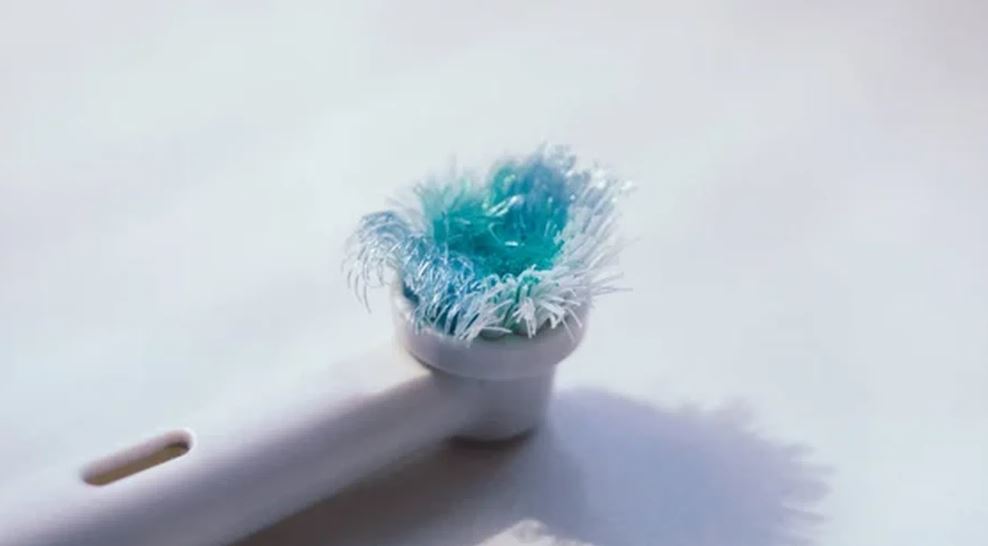Australian geneticists on Friday said that they have made a new discovery about how a baby’s sex is determined, pointing also to better understanding of related medical disorders.
About 90 per cent of human DNA is made up of so-called “junk DNA or dark matter’’.
This contains no genes but carries important regulators that increase or decrease gene activity, Murdoch Children’s Research Institute Researcher, Prof. Andrew Sinclair, said in a statement about its study on Friday.
These DNA regulatory segments, called “enhancers,’’ control the testis genes behind male babies but their disruption may lead to children being born with sex development disorders, he said.
“The sex of a baby is determined by its chromosome make-up at conception. An embryo with two X chromosomes will become a girl, while an embryo with X-Y combination results in a boy,’’ fellow Researcher, Brittany Croft, said.
She added that “the Y chromosome carries a critical gene called SRY, which acts on another gene called SOX9 to start the development of testes in the embryo. High levels of the SOX9 gene are needed for normal testis development.
“However, if there is disruption to SOX9 activity and only low levels are present, a testis will not develop, resulting to a baby with a disorder of sex development.’’
The study sought to understand how the enhancers regulated the SOX9 gene and whether their disruption would result in disorders of sex development, said Sinclair.
“We discovered three enhancers that, together ensure the SOX9 gene is turned on to a high level in an XY embryo, leading to normal testis and male development,’’ he said.
The findings were published in scientific journal Nature Communications.
The study is also significant because “in the past researchers have only looked at genes to diagnose these patients, but we have shown you need to look outside the genes to the enhancers,’’ said Croft.
There are about 1 million enhancers controlling about 22,000 genes across the human DNA set, said Sinclair.
“These enhancers lie on the DNA but outside genes. The key to diagnosing many disorders may be found in these enhancers which hide in the poorly understood dark matter of our DNA,’’ he said.
(Xinhua/NAN)





















